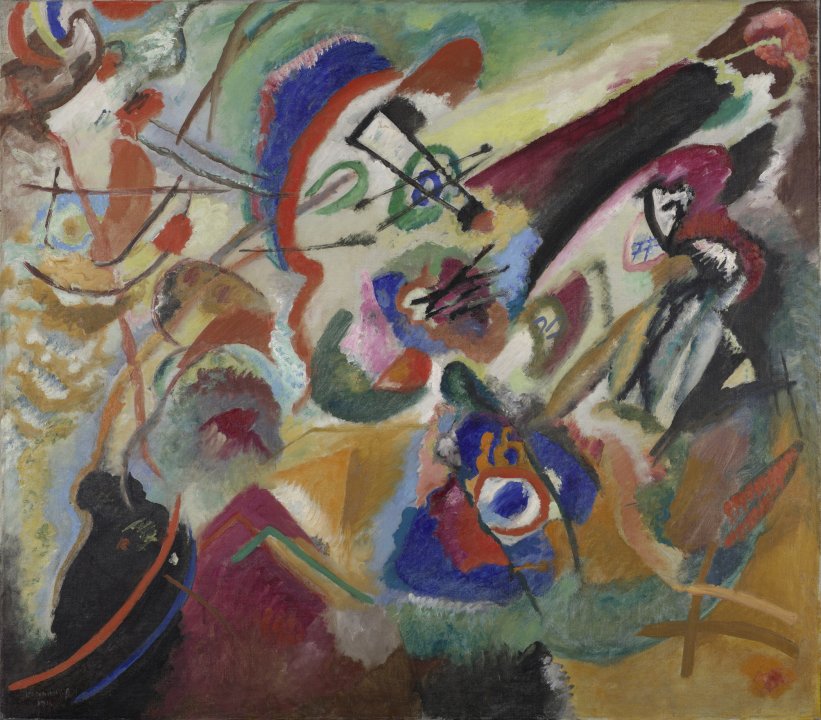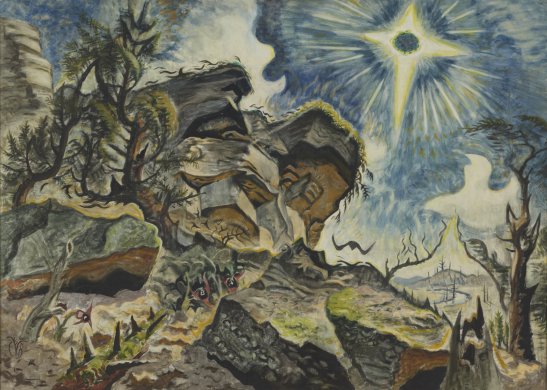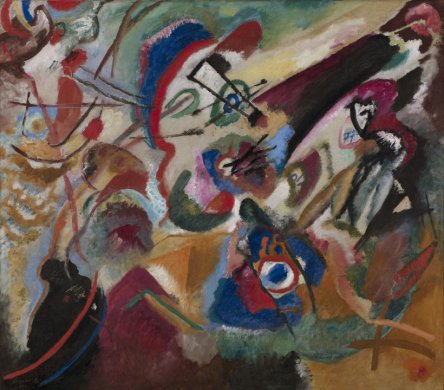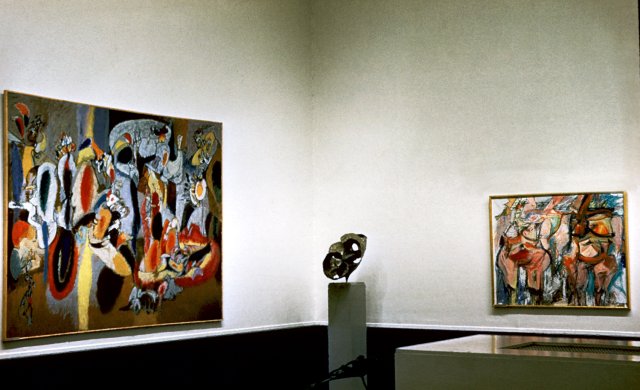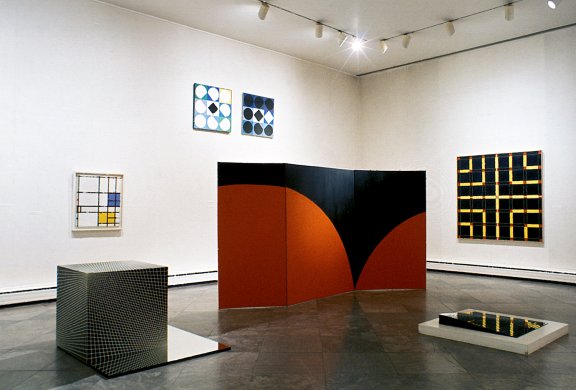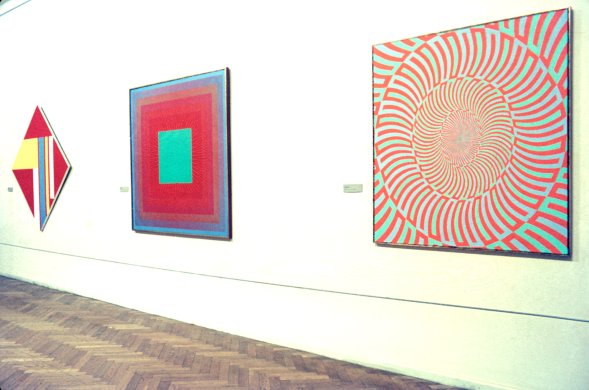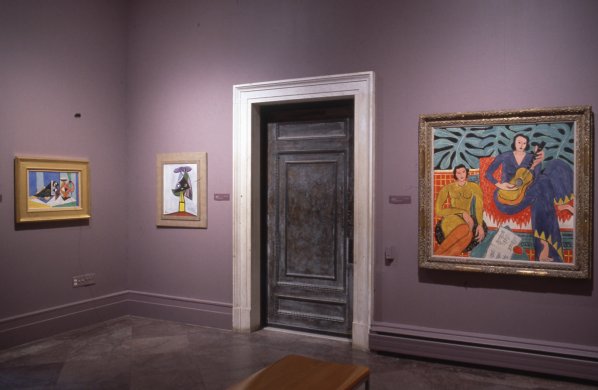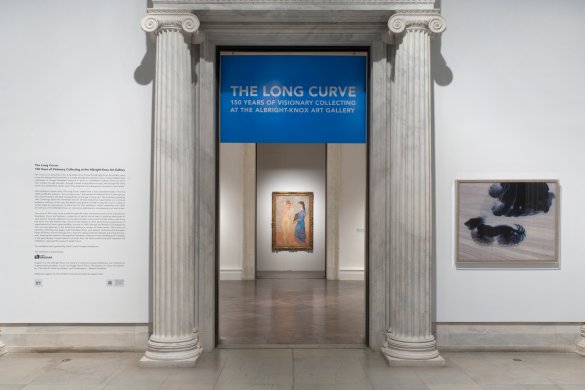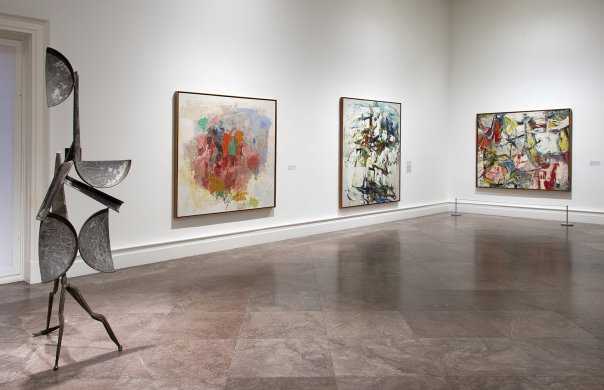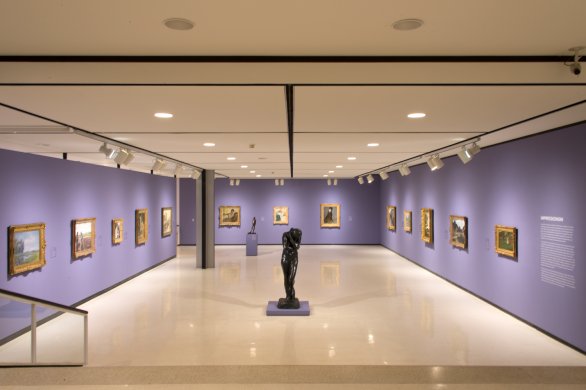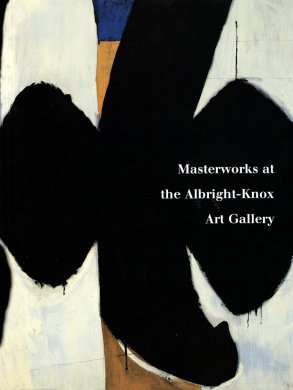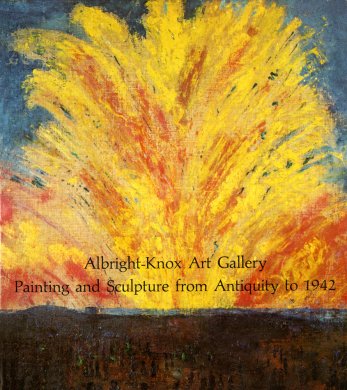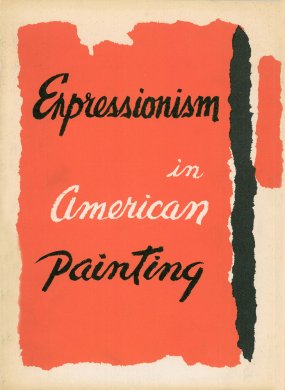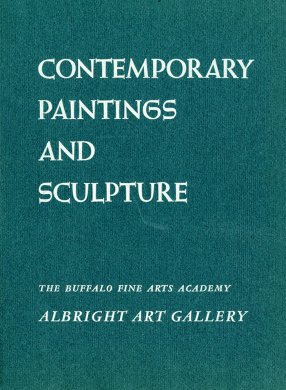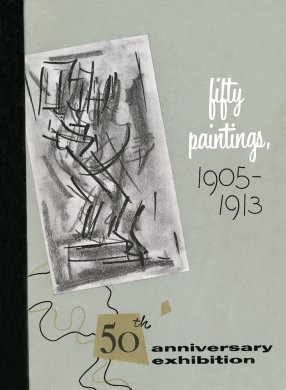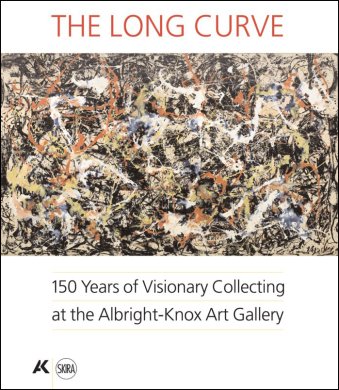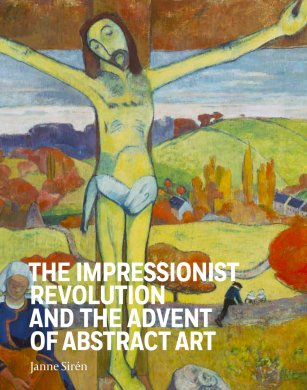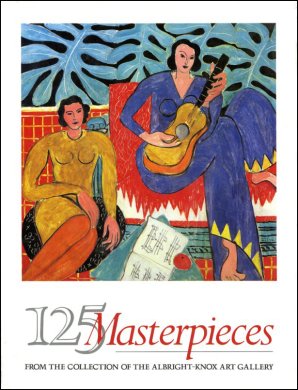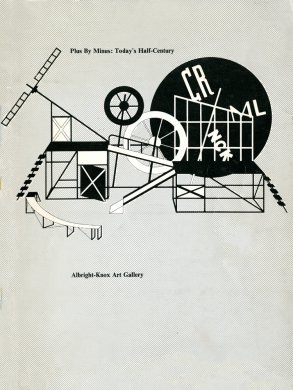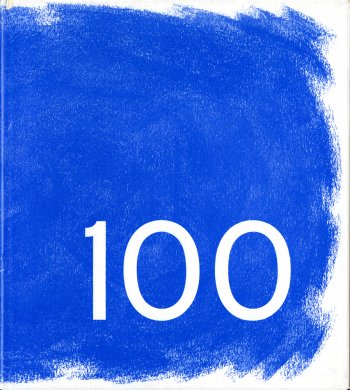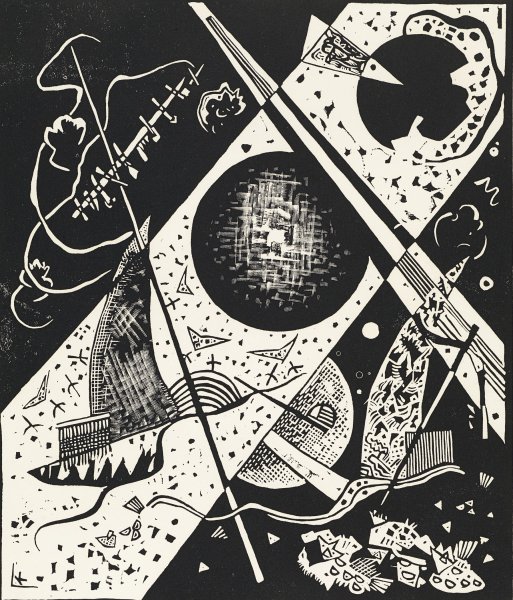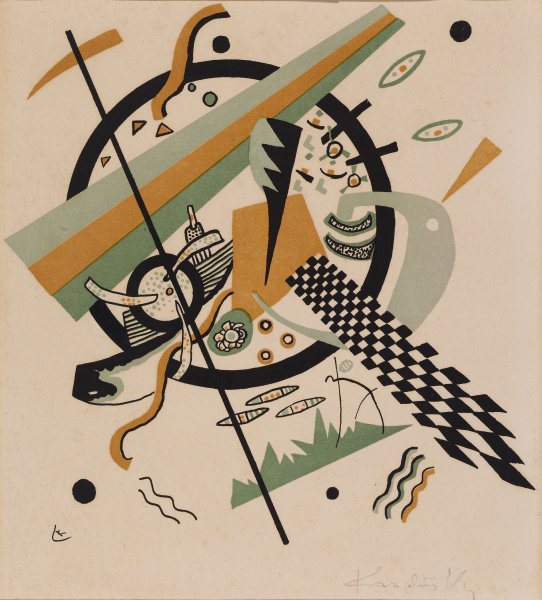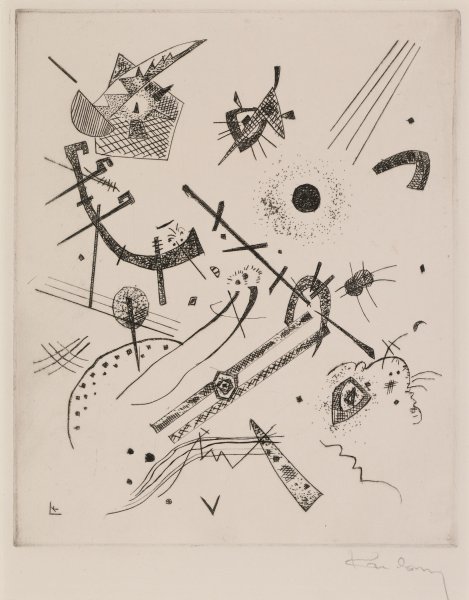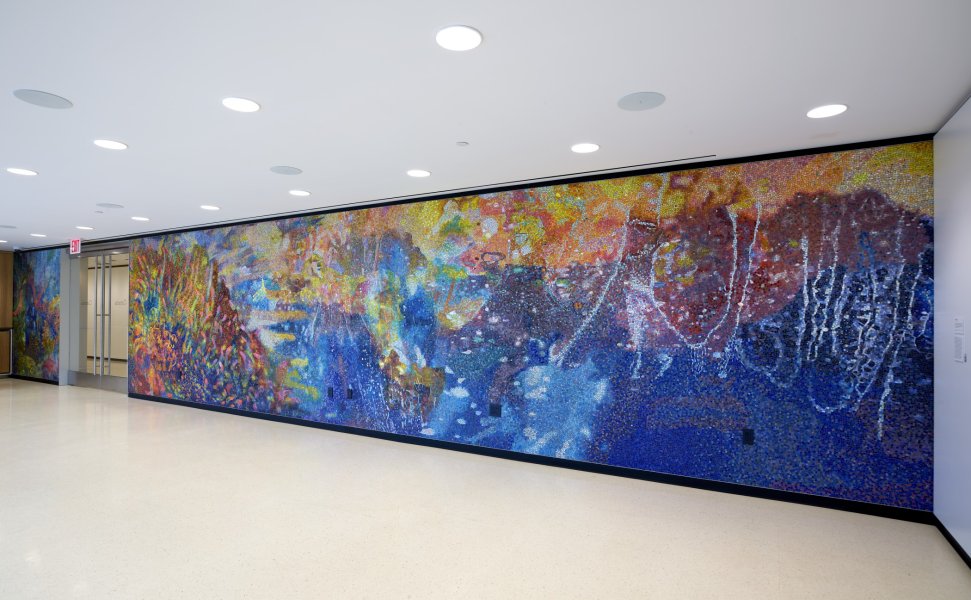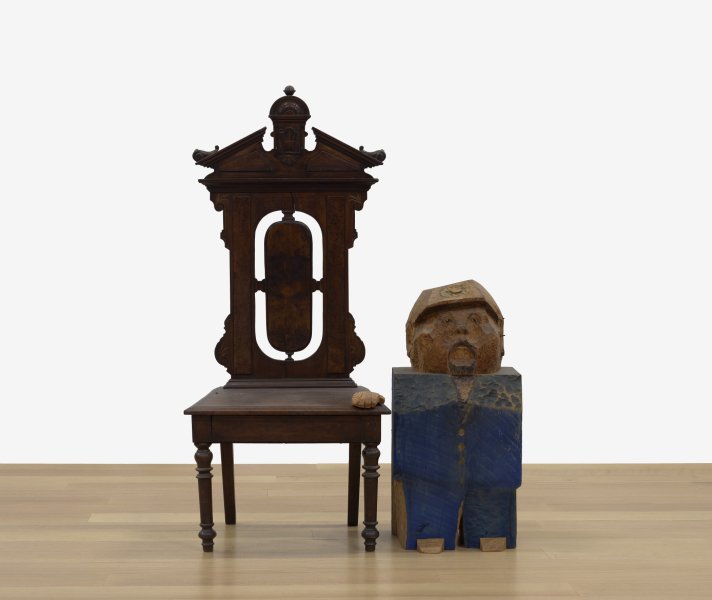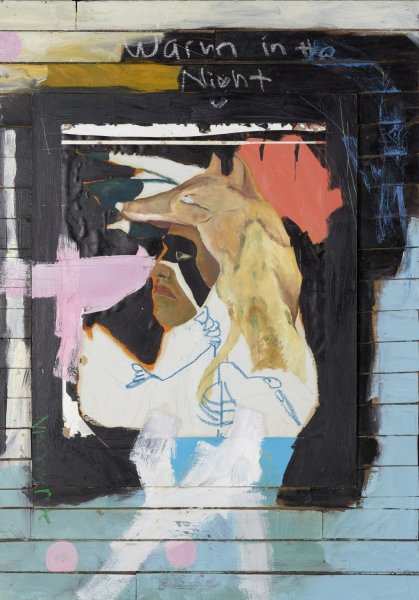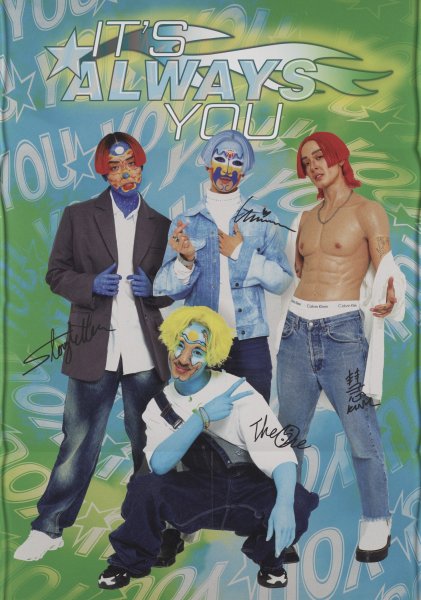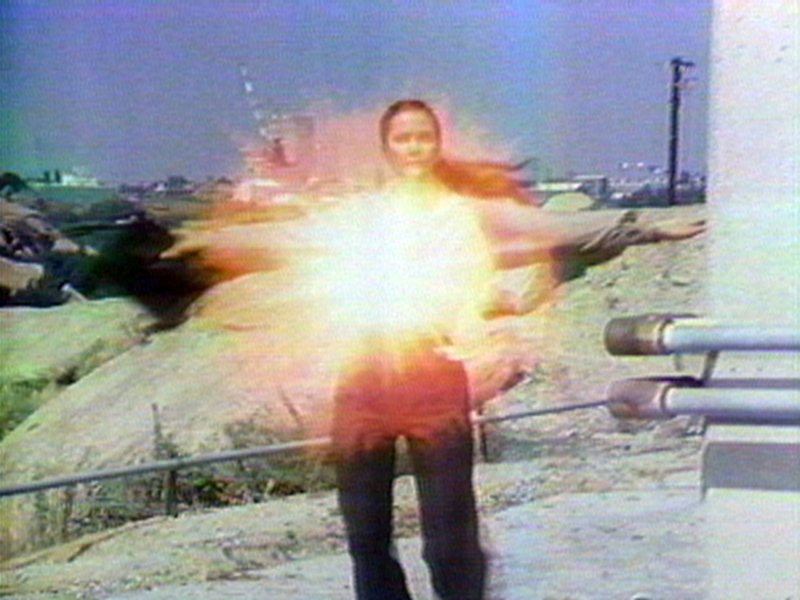Vassily Kandinsky
Russian, 1866-1944
Fragment 2 for Composition VII, 1913
Artwork Details
Currently on View
Collection Highlight
Materials
oil on canvas
Measurements
support: 34 1/2 x 39 1/4 inches (87.63 x 99.69 cm); framed: 45 5/16 x 50 x 3 1/8 inches (115.09 x 127 x 7.94 cm)
Collection Buffalo AKG Art Museum
Credit
Room of Contemporary Art Fund, 1947
Accession ID
RCA1947:1
Fragment 2 for Composition VII is one of several preparatory studies Vassily Kandinsky made for the final painting Composition VII, 1913, which point to the artist’s interest in the relationship between music and visual art. This focus dates to the late 1890s, when Kandinsky discovered the philosophy of architect and designer August Endell (German, 1871–1925) while studying art in Munich. Endell believed that art could emulate the effect of music on the senses, creating beauty without reference to anything recognizable in nature. By the time Kandinsky created Fragment 2 for Composition VII, he had already formed a network of like-minded artists who called themselves Der Blaue Reiter (The Blue Rider). This informal intellectual and philosophical group focused on metaphysical and symbolic issues in art, avowing that abstraction was the pathway to a utopian society and a new spiritual age. They chose the color blue as part of their name given its associations with transcendence, and the rider can be understood to symbolize energy, joy, positive action, and transformation. In his own work, Kandinsky focused heavily on pure color as a mode of communication. Throughout this painting, for example, light and dark shades of blue draw the viewer’s eye to multiple abstract forms, leading the viewer to observe each element patiently and introspectively before experiencing the overall composition.
